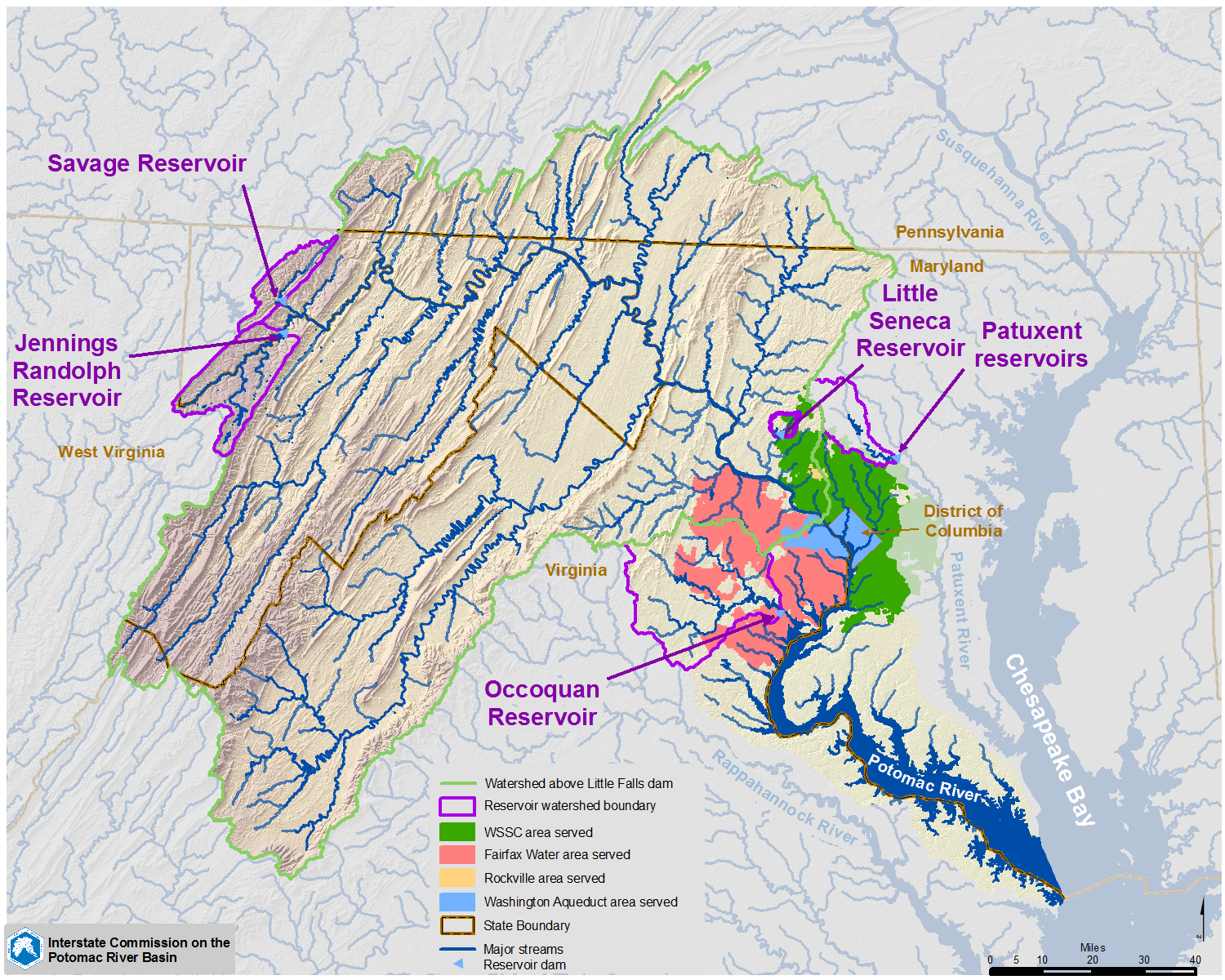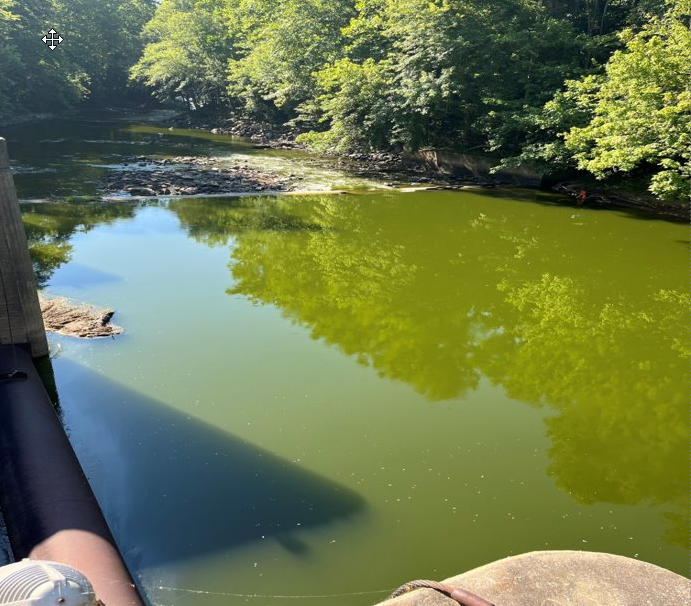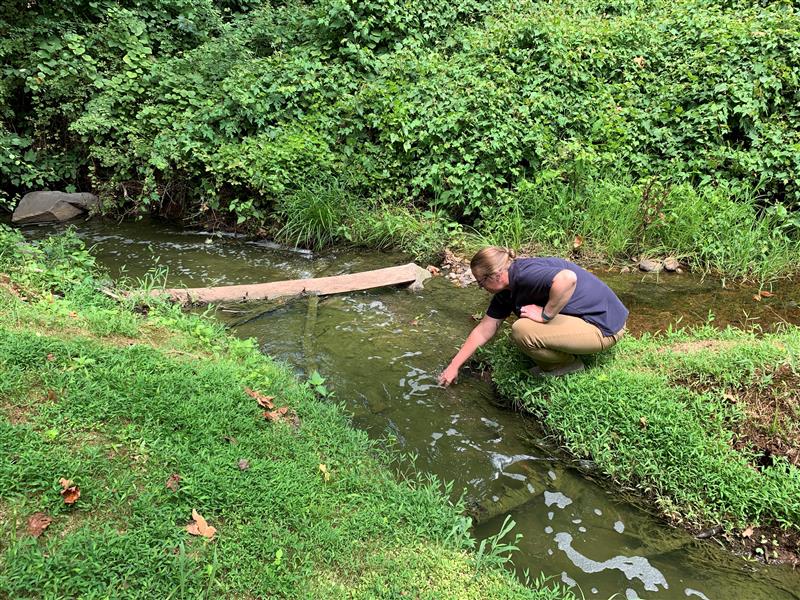Written By Susan Miller, Public Affairs Manager, Fairfax Water
March 22 is World Water Day, which makes now a great time to learn more about your drinking water sources and how to protect them in light of the effects climate change on our watershed.
Water utilities, like Fairfax Water, rely on sustainable sources of water that can be treated to provide reliable, high-quality drinking water. Fairfax Water, which provides water to over 2 million people in the region, draws its water from two sources: the Potomac River and the Occoquan Reservoir.

Protecting the drinking water supply is essential for safeguarding human health, the environment, and the well-being of communities. This is especially important when there are cases of extreme weather such as heat waves, stronger storms, or changes in rainfall patterns. The following are recent examples of how extreme weather impacts the water supply.
![]() During the summer of 2024, the area experienced unusually dry conditions and entered into a drought watch. Because of these conditions, the Potomac River had higher levels of organic materials — particularly algae — in the water. This resulted in a green sheen on the river surface. As a result, drinking water treatment plants on the Potomac River, including Fairfax Water’s Corbalis Treatment Plant, had to take extra measures to remove these materials from the water. This was an unprecedented event, yet our staff was up to the task and continued to provide high quality water to our customers.
During the summer of 2024, the area experienced unusually dry conditions and entered into a drought watch. Because of these conditions, the Potomac River had higher levels of organic materials — particularly algae — in the water. This resulted in a green sheen on the river surface. As a result, drinking water treatment plants on the Potomac River, including Fairfax Water’s Corbalis Treatment Plant, had to take extra measures to remove these materials from the water. This was an unprecedented event, yet our staff was up to the task and continued to provide high quality water to our customers.




